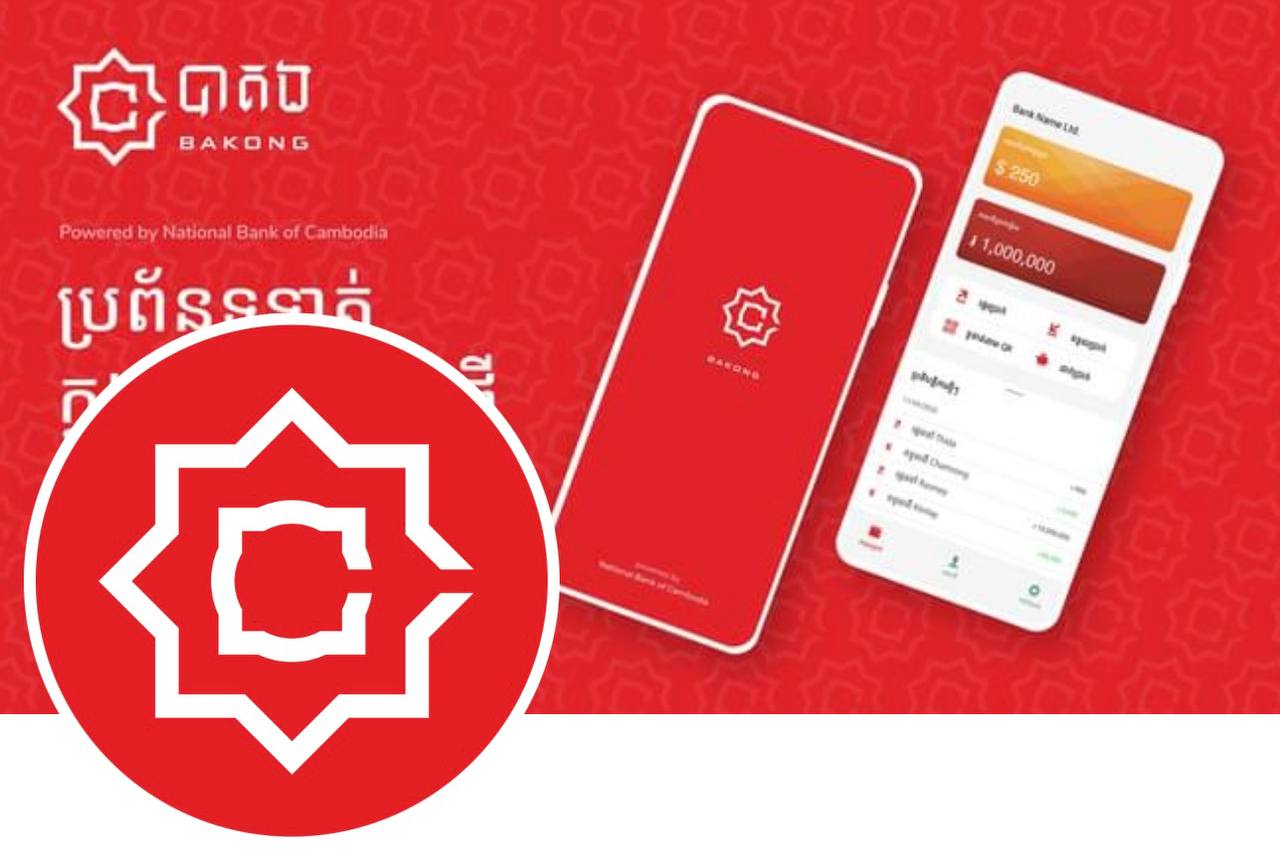The global financial landscape is constantly reshaped by technological innovation, but few countries have embraced this change as fundamentally as Cambodia. In a bold move that positioned the nation at the forefront of Southeast Asian FinTech, the National Bank of Cambodia (NBC) launched BAKONG—a unified, national digital payment system.
But what exactly is BAKONG, and why has it captured the attention of financial regulators and innovators worldwide?
More than just another mobile payment app, BAKONG represents a quantum leap in the country’s economic infrastructure. Built upon cutting-edge blockchain technology, it is designed to solve a critical problem: the fragmentation of Cambodia’s banking system. By enabling seamless interoperability between almost all major banks and financial institutions, BAKONG has streamlined transactions, boosted financial inclusion, and laid the groundwork for the future of the Riel.
This is the definitive guide to understanding BAKONG. We will demystify the technology, walk you through its practical uses, analyze its profound impact on financial inclusion, and explore its role in Cambodia’s economic destiny.
What is BAKONG and How Does It Work?
BAKONG is Cambodia’s official, centralized digital payment system, operating under the direct supervision of the National Bank of Cambodia (NBC). Launched in late 2020, it is not a cryptocurrency, nor is it merely an e-wallet; it is an interoperable payment gateway that allows users to transfer money instantly between different banks and financial institutions at low or no cost.
The primary function of BAKONG is to be the connective tissue for Cambodia’s entire financial sector.
Differentiating BAKONG from E-Wallets and Traditional Mobile Banking
Many users confuse BAKONG with established e-wallets or standard banking apps, but the distinction is critical—and it’s the key to its immense success.
| Feature | BAKONG | Traditional E-Wallets/Bank Apps |
| Interoperability | Transfers instantly between all participating banks (e.g., from ACLEDA to ABA). | Transfers are typically limited to accounts within the same bank or specific, costly external links. |
| Regulatory Body | National Bank of Cambodia (NBC). | Private company or individual commercial bank. |
| Technology | Blockchain (Distributed Ledger Technology). | Centralized, proprietary servers. |
| Core Goal | National financial unification and stability. | Commercial profit and customer acquisition. |
This core feature—interoperability—means that if you have an account at Bank A and want to pay a merchant whose terminal is linked to Bank B, the transaction is instant, cheap, and seamless. This was nearly impossible before BAKONG, which is why it is transforming daily commerce.
READ MORE: Digital Banking vs. Traditional Banking: Your Ultimate Guide to the Future of Finance 🏦
The Immediate Benefits for Consumers and Businesses
The adoption of BAKONG has created instant efficiencies for both individuals and merchants:
- For Consumers:
- Low-Cost Transfers: Moving money between banks is often free, encouraging domestic investment.
- Simplified Payments: A unified QR code system for payments eliminates the need for multiple apps.
- Accessibility: Access to digital finance is broadened, even with a basic mobile device.
- For Businesses:
- Reduced Transaction Costs: Lower fees compared to some private services directly boosts profit margins.
- Real-Time Settlement: Merchants receive funds instantly, improving cash flow management.
- Wider Customer Base: Accepting payments from any bank on the network instantly expands market reach.
The Technology Under the Hood: Blockchain and NBC Oversight
This section would dive into the technical backbone of the system, leveraging keywords like BAKONG blockchain and Hyperledger Iroha. You would explain why the NBC chose a Distributed Ledger Technology (DLT) framework over traditional servers—namely, for enhanced security, transparency, and operational resilience. The article would establish the crucial difference between BAKONG (a tokenized fiat system) and decentralized cryptocurrencies.
Practical BAKONG Utility: Setup, Usage, and Transfers
This practical section would serve as the “how-to” guide, a major source of informational search traffic. You would detail the process of downloading and linking the app to a bank account, focusing on ease of use.
- Setting up a BAKONG Account: Your Step-by-Step Guide
- Focus on the simplicity of the KYC (Know Your Customer) process.
- Low-Cost Cross-Border Transactions (Regional Focus)
- Detail the exciting expansion into regional markets like Thailand (with the Bank of Thailand) and Vietnam. This is a high-value, long-tail search area.
Economic and Social Impact of the National System
This analytical section would explore the macro-level success of BAKONG.
- Driving Financial Inclusion in Rural and Unbanked Areas
- Discuss the system’s role in making formal financial services accessible beyond major urban centers, referencing its ease of adoption.
- The Future of Merchant Payments and Business Integration
- Explain how the standardization of the QR code payment system has accelerated the digital transformation of small-to-medium enterprises (SMEs).
The Future Outlook: Where is Cambodia’s Digital Currency Headed?
This forward-looking section would explore potential future integration with regional payment schemes and the eventual goal of greater financial independence for the Riel.
Conclusion: The Blueprint for ASEAN’s Digital Future
The conclusion would summarize BAKONG’s success as a blueprint for other developing economies, reiterating its dual role as a powerful FinTech solution and a vehicle for national economic stability.
